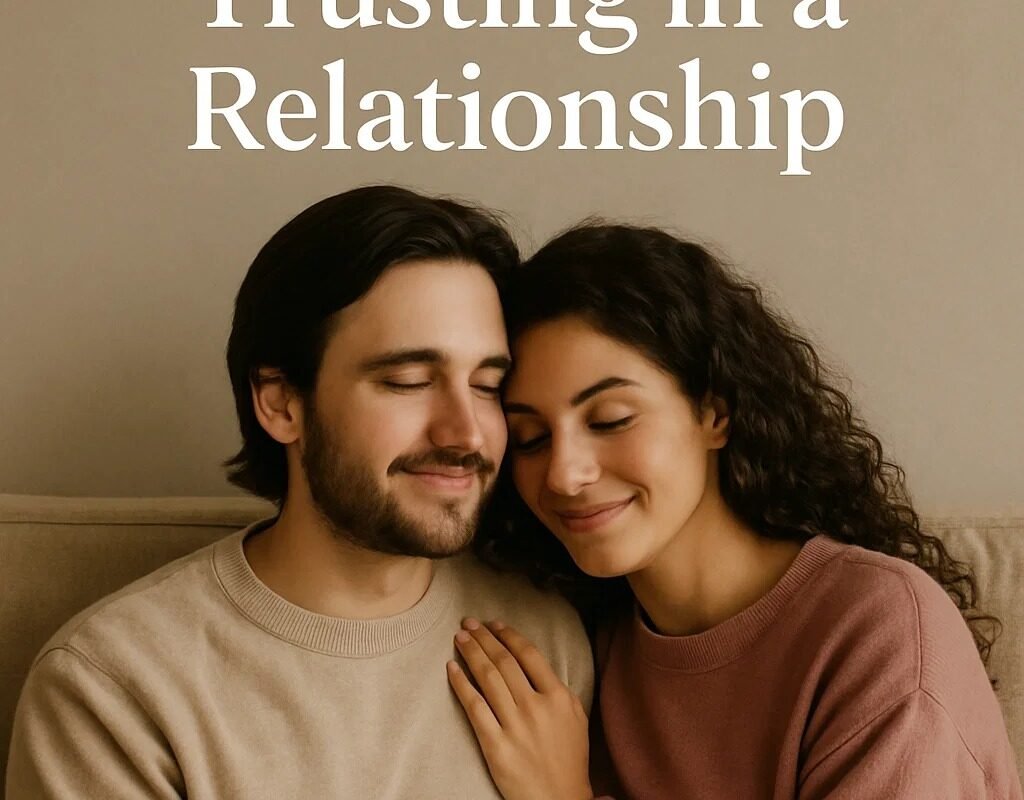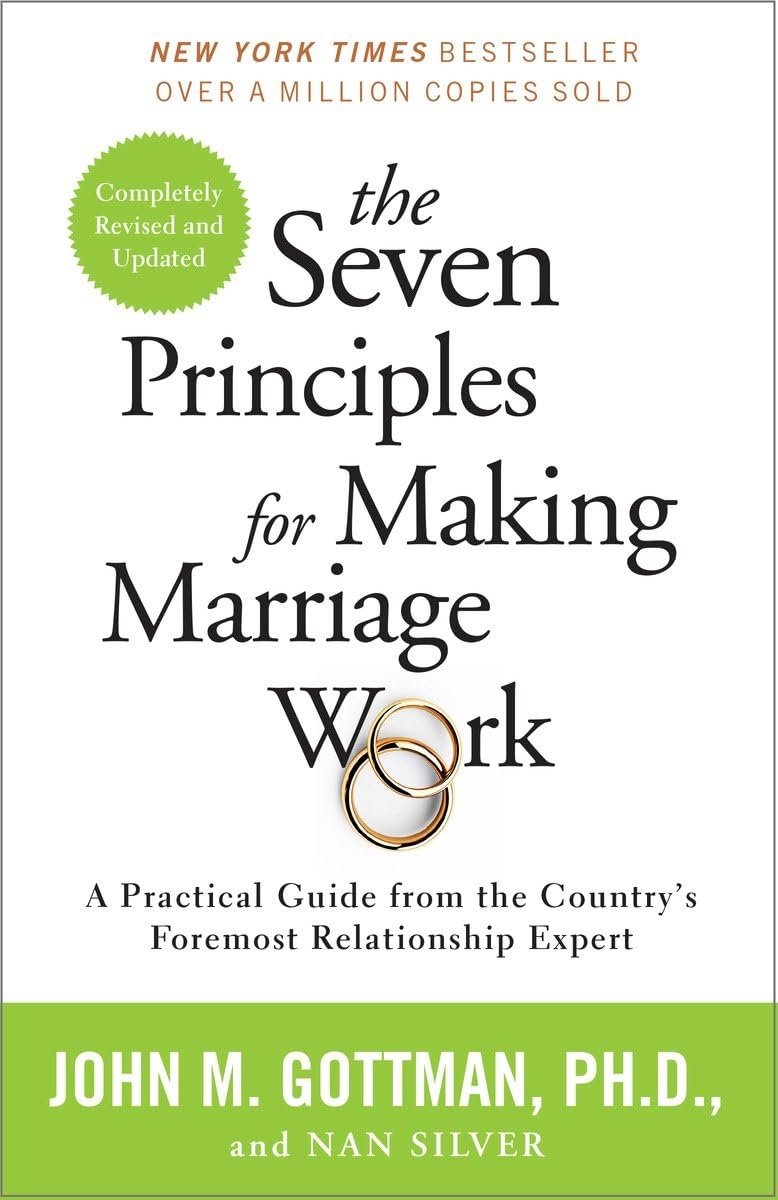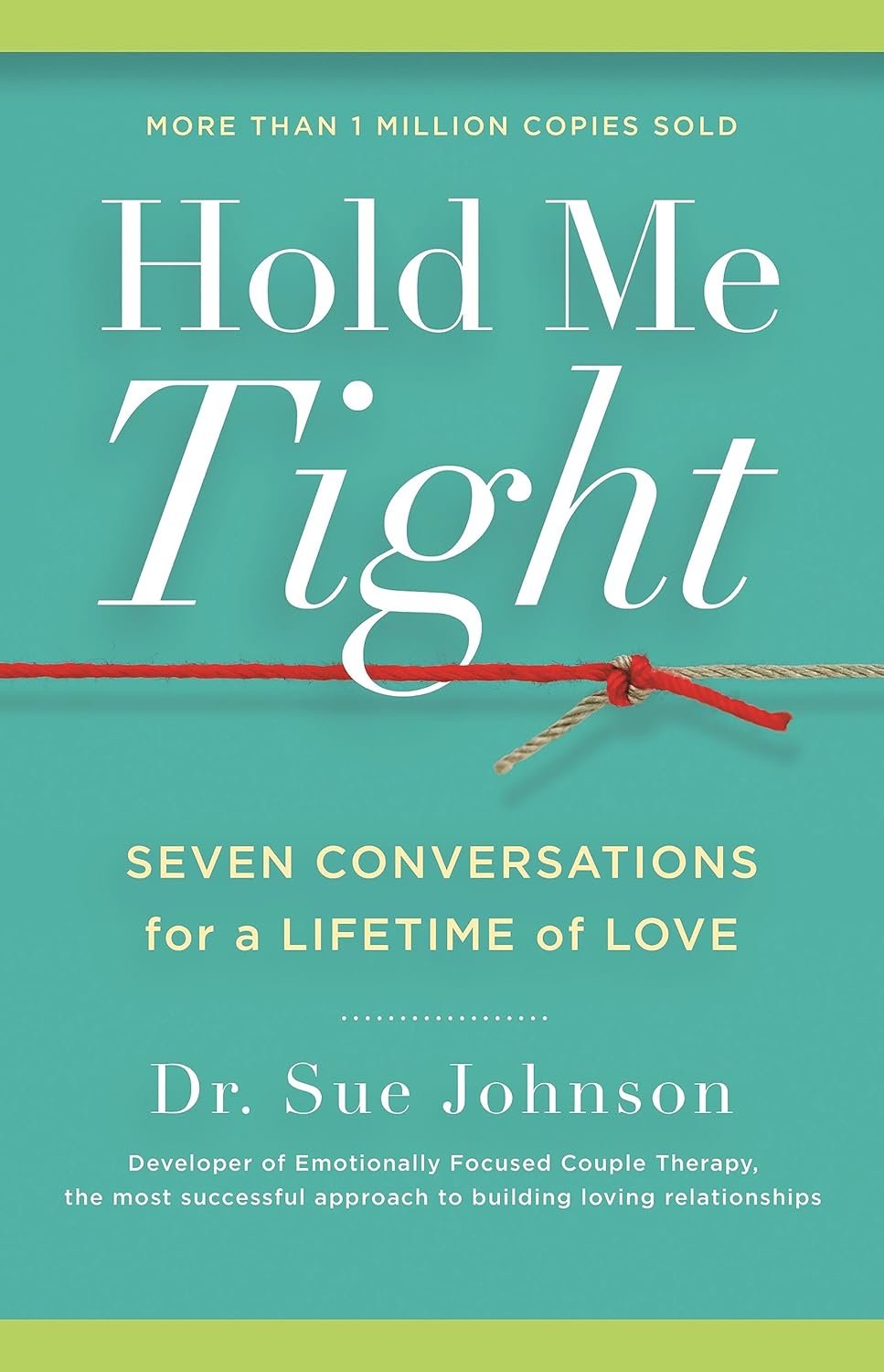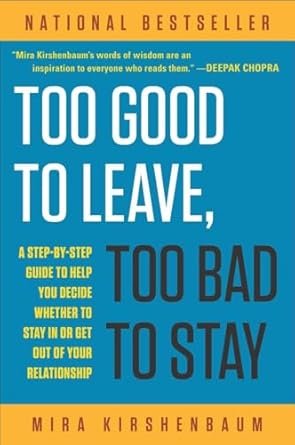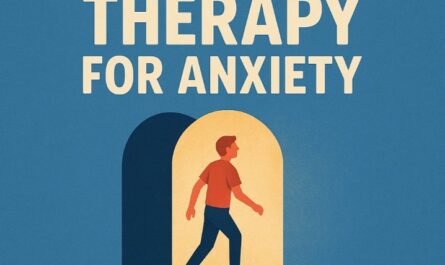Trusting in relationships is both brave and essential. It means allowing yourself to be seen, loved, and supported — without needing constant proof.
Verdict: True trust isn’t blind; it’s built. It grows through consistency, honesty, and emotional safety. When you learn how to trust in a relationship, you create space for deeper intimacy and lasting peace.
Why this matters: Without trust, love becomes surveillance. You can’t relax, dream, or be vulnerable when you’re waiting to be hurt. Learning to trust again — or for the first time — frees you from fear and helps you experience connection as it’s meant to be: safe, mutual, and steady.
Best Books on Relationships: Comparison Table
Criteria | |||||
|---|---|---|---|---|---|
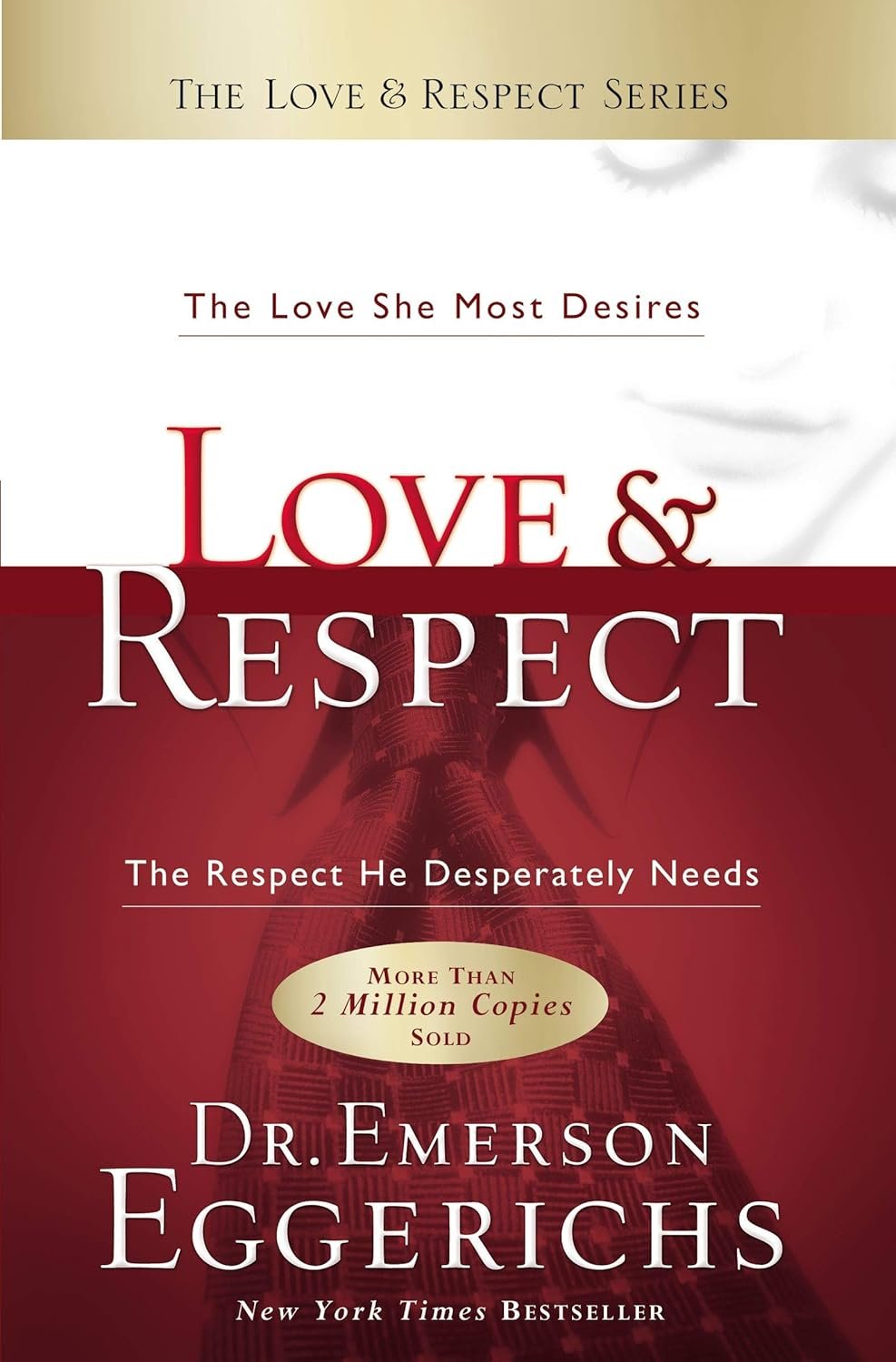 | |||||
Primary Focus | Love expression & understanding | Research-based marriage skills | Emotional bonding & attachment | Decision-making & relationship clarity | Love & respect dynamic |
Ideal Audience | All couples & individuals | Married or long-term couples | Emotionally struggling couples | Couples in transition or crisis | Faith-based or traditional couples |
Strengths | Simple, easy to apply | Science-backed & practical | Deep emotional insight | Honest, empowering self-assessment | Clear, practical, structured |
Limitations | Lacks depth for complex issues | Slightly academic tone | Emotionally heavy | Focuses on decisions, not repair | Gender-role assumptions |
Best For | Improving everyday connection | Strengthening long-term partnerships | Rebuilding emotional intimacy | Evaluating relationship viability | Enhancing respect & love balance |
Price |
Why Trust Feels So Hard
Trusting someone isn’t easy — especially if you’ve been hurt before. Many of us carry emotional memories of betrayal, abandonment, or neglect that shape how much we let others in.
When those memories go unhealed, even small uncertainties can feel like threats. For example:
- Your partner forgets to call, and your brain says, “They don’t care.”
- They get quiet, and your anxiety whispers, “They’re pulling away.”
Psychologist Dr. Sabrina Romanoff notes that “trust is a belief in your partner’s reliability, honesty, and goodwill — it’s a decision reinforced by evidence over time.” Trust isn’t about ignoring red flags; it’s about knowing when safety is real and choosing to rest in it.
What It Means to Truly Trust in a Relationship
Trusting your partner doesn’t mean assuming perfection. It means believing in their intentions — even when they make mistakes.
Healthy trust includes:
- Confidence in honesty: You believe what your partner says because they’ve shown integrity.
- Reliability: You know they’ll follow through, or communicate when they can’t.
- Emotional safety: You feel accepted and seen, not judged or dismissed.
- Vulnerability: You can share your fears and flaws without being punished for them.
- Mutual respect: You both protect each other’s dignity.
When both partners practice these consistently, the relationship becomes a refuge — a place where stress from the outside world fades instead of multiplies.
How to Trust in a Relationship
1. Understand Where Distrust Comes From
If you’ve experienced betrayal, inconsistency, or emotional neglect in the past, your nervous system may stay on alert. Recognize that your mistrust might be self-protection — not current evidence. Naming it helps you respond instead of react.
2. Start Small
Trust isn’t an all-or-nothing decision. Begin with micro-trusts: share a small vulnerability, delegate a task, or express an honest emotion. As your partner proves reliability, your comfort naturally expands.
3. Communicate Your Fears, Not Accusations
Say “I feel anxious when I don’t hear from you” instead of “You’re ignoring me.” Vulnerability invites connection; blame creates walls.
4. Notice Evidence, Not Assumptions
Each time your partner shows up — emotionally or physically — note it. Collect facts that support safety. Over time, this rewires your brain to relax into trust.
5. Be Trustworthy Yourself
Trust is reciprocal. Keep your word, tell the truth kindly, and avoid emotional games. The more trustworthy you are, the more trust you’ll attract.
6. Forgive Imperfection
Everyone slips. If your partner forgets something or gets defensive once in a while, view it in context — not as proof of betrayal. Rebuilding small trust ruptures quickly keeps the bond strong.
7. Seek Professional Support When Needed
If your fears feel overwhelming or your partner struggles with transparency, couples therapy or individual counseling can help reestablish balance.
How to Rebuild Trust After It’s Broken
Rebuilding trust after betrayal or dishonesty requires patience and clarity.
If you were betrayed:
- Set clear boundaries. Healing requires safety first.
- Communicate what you need — transparency, reassurance, time.
- Allow grief. Trust loss feels like mourning; rushing only deepens the wound.
If you broke the trust:
- Take radical responsibility — no minimizing or excuses.
- Be patient with your partner’s triggers.
- Offer transparency freely (not just when asked).
- Keep consistency for months, not days — repair is a process, not a promise.
Dr. John Gottman’s research shows that couples who rebuild trust do so by transforming pain into purpose — learning from the rupture to create a stronger emotional system.
Practical Steps to Strengthen Everyday Trust
- Keep promises, even small ones.
- Say what you mean, and follow through.
- Check in regularly about how safe each of you feels.
- Show gratitude when your partner is honest, even about hard topics.
- Apologize quickly when you slip.
- Assume goodwill unless you have clear evidence otherwise.
- Make emotional deposits — kindnesses that outweigh inevitable conflicts.
Common Trust Traps
Avoid these patterns that slowly erode connection:
- Reading minds: assuming your partner’s intentions instead of asking.
- Keeping score: tracking who’s more trustworthy.
- Emotional shutdowns: withdrawing instead of communicating.
- Over-testing: forcing “proof” of loyalty.
- All-or-nothing thinking: believing one mistake means total betrayal.
Use-Case Examples
- Early relationships: Build trust through openness and reliability — not oversharing, but steady honesty.
- Established couples: Deepen trust by practicing forgiveness and shared decision-making.
- Couples healing from hurt: Combine empathy, transparency, and professional support for structured repair.
- Individuals with trust issues: Focus on internal safety — mindfulness, journaling, and therapy to re-train your emotional responses.
FAQs
Q: How do I know if I can trust my partner?
A: Look for consistency, not perfection. Trustworthy partners are transparent, accountable, and emotionally responsive over time.
Q: Is it possible to trust again after being cheated on?
A: Yes, but it takes openness, effort, and often professional help. Betrayal recovery can rebuild trust stronger than before — with new boundaries and honesty.
Q: What if I want to trust but can’t stop feeling suspicious?
A: That usually signals unhealed anxiety or trauma. Therapy can help your body distinguish past danger from present safety.
Q: Can you love someone and still not trust them?
A: Absolutely. Love and trust are separate — but long-term love needs trust to feel safe.
Q: How can I make my partner trust me more?
A: Be transparent, reliable, and emotionally available. Consistency and accountability are more convincing than words.
Final Thoughts
Trusting in relationships is one of the most courageous acts you can do. It requires balancing vulnerability with wisdom — letting your heart open while your eyes stay clear.
Remember: trust isn’t the absence of fear, it’s the decision to believe in connection despite it. Whether you’re learning to trust again or for the first time, each small act of honesty, empathy, and patience brings you closer to the love you deserve.
Other Interesting Articles
- Free Therapy Worksheets at Paul Wellness
- How to Stay Calm During Exposure Therapy
- Best Books on Exposure Therapy: Your Guide to Overcoming Anxiety, OCD, and PTSD
- Exposure Therapy for Social Anxiety: How to Stop Avoiding and Start Thriving
- Exposure Therapy for PTSD: Facing the Past to Reclaim Your Life
- Exposure Therapy for OCD: How Facing Obsessions Can Finally Free Your Mind
- Exposure Therapy for Anxiety: How Facing Your Fears Can Actually Set You Free
About the Author
Paul Wellness
Paul Wellness creates expert-informed mental-health articles rooted in compassion, science, and clinical insight. Through accessible, evidence-based writing, Paul Wellness helps readers strengthen emotional resilience, improve relationships, and find calm in their daily lives.
